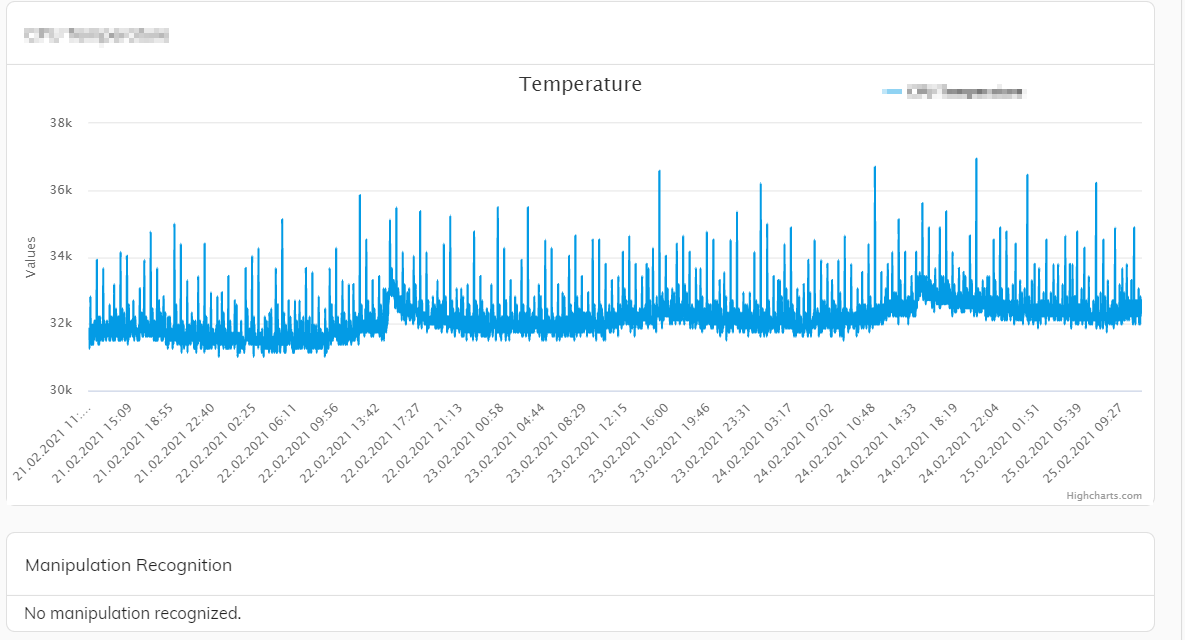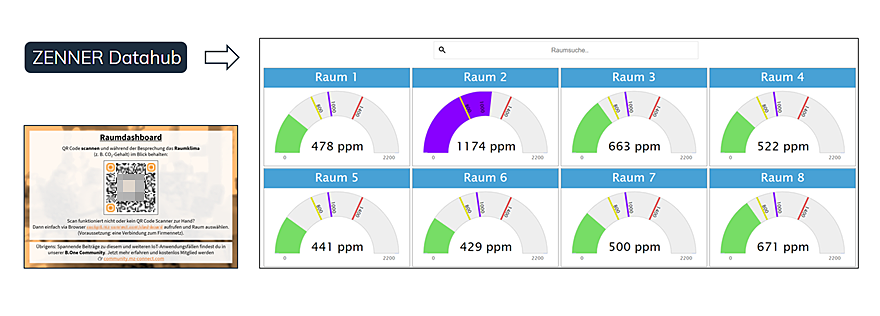Sensors for climate – the Swiss army knife

You can find bad and thick air everywhere. Temperature and humidity or additionally CO2 in the air are usually measured for this purpose. CO2 can either be measured directly or approximated and output as eCO2.
The CO2 value, however, is not a real measured value and is strongly subject to error.
For example, the temperature, humidity and CO2 can be used to determine the point at which the concentration decreases and the window must be opened.
Climate sensors are typically used in closed rooms such as classrooms or offices. However, its use is not limited to the typical applications of ventilation, heating control or mould prevention.
There are also sensors with built-in display and data logger, such as the ZENNER Temperature and Humidity sensors. This allows you to keep an eye on these values even without LoRaWAN reception on site. Hence the comparison with the Swiss army knife.
For example, I use the Elsys CO2 myself in my dog’s doghouse. When the dog is in its hut, the CO2 level changes abruptly, especially after eating.
In a customer project, we installed the ZENNER ZENNER Temperature and Humidity Sensor in the installation housing of a LoRaWAN gateway site to learn more about ambient temperatures. In combination with the system temperature, service calls can be reduced.








Responses